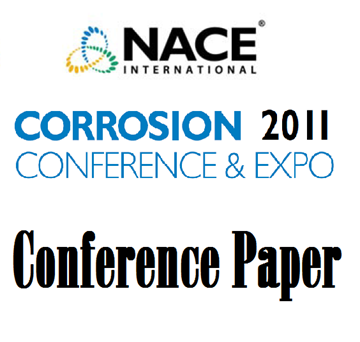Search
Products tagged with 'pressure vessel steel'
View as
Sort by
Display
per page
11292 Effect of Post Weld Heat Treatment on the Hydrogen Trapping Behavior of Pressue Vessel Steel
Product Number:
51300-11292-SG
ISBN:
2011 11292 CP
Publication Date:
2011
$20.00
AMPP TM21451-2023, Evaluation of Carbon and Low-Alloy Steels for Resistance to Stress-Oriented Hydrogen-Induced Cracking (SOHIC)
Product Number:
AMPP TM21451-2023
Publication Date:
2023
$109.00


